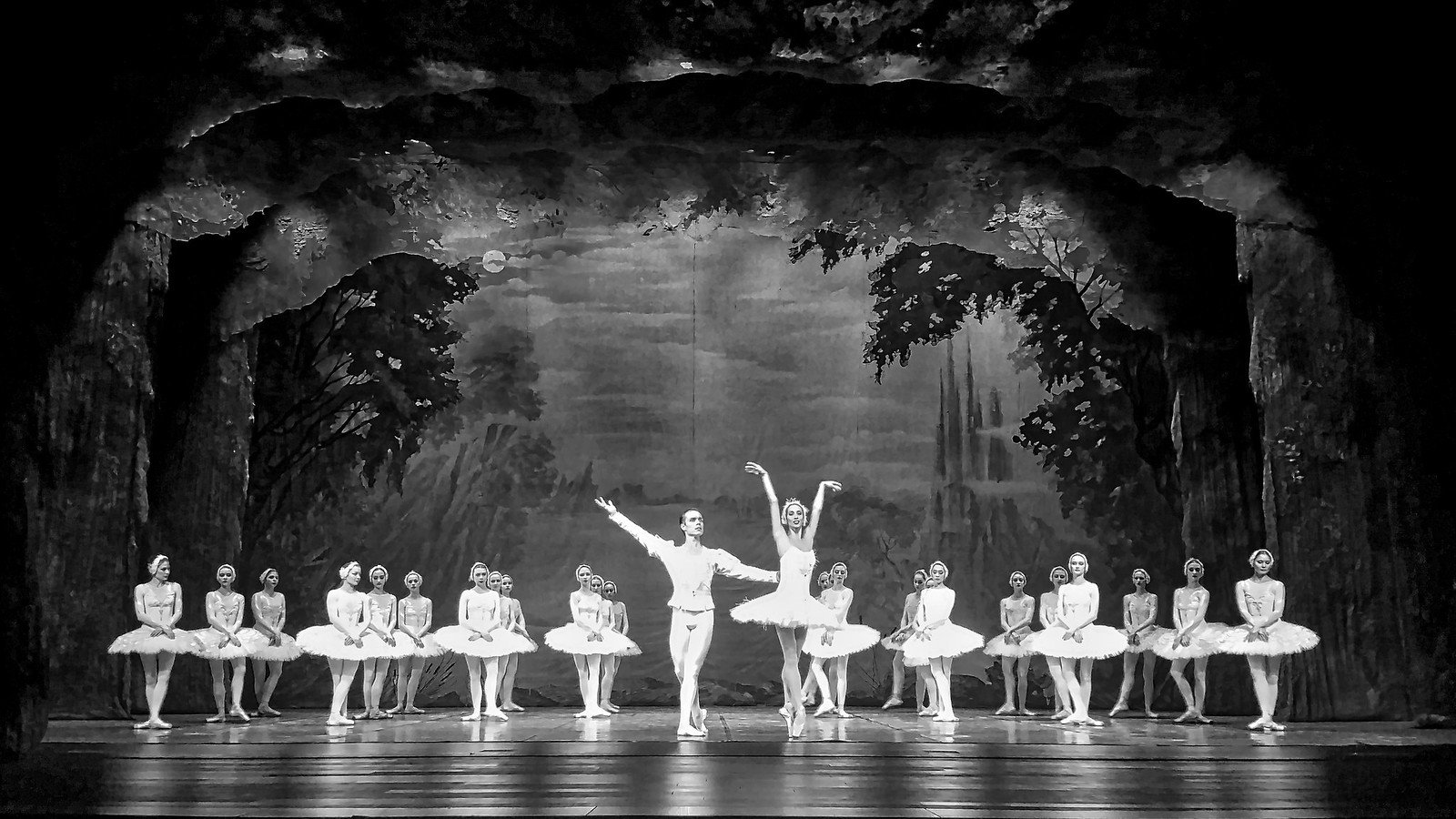
HISTORY OF BALLET
Ballet is a formalized form of dance with its origins in the Italian Renaissance courts of 15th and 16th centuries. Ballet spread from Italy to France with the help of Catherine de’ Medici, where ballet developed even further under her aristocratic influence. Ένα πρώτo παράδειγμα της εξέλιξης του μπαλέτου της Catherine’s είναι μέσω του «Le Paradis d’ Amour», ένα έργο που παρουσιάστηκε στον γάμο της κόρης της, Marguerite de Valois με τον Ερρίκο της Ναβάρρας. Το αριστοκρατικό χρήμα ήταν υπεύθυνο για τα αρχικά στάδια ανάπτυξης στο «μπαλέτο αυλής», καθώς ήταν το βασιλικό χρήμα που υπαγόρευε τις ιδέες, τη λογοτεχνία και τη μουσική που χρησιμοποιήθηκαν στα μπαλέτα που δημιουργήθηκαν για να ψυχαγωγήσουν πρωτίστως τους αριστοκράτες της εποχής. Το πρώτο επίσημο «μπαλέτο αυλής» που αναγνωρίστηκε ποτέ ανέβηκε το 1573, το «Ballet des Polonais». Σε πραγματική μορφή βασιλικής διασκέδασης, το «Ballet des Polonais» ανατέθηκε από την Catherine de’ Medici για να τιμήσει τους Polish ambassadors who were visiting Paris upon the accession of Henry of Anjou to the throne of Poland. In 1581, Catherine de’ Medici commissioned another court ballet, Ballet Comique de la Reine, however it was her compatriot, Balthasar de Beaujoyeulx, who organized the ballet. Catherine de’ Medici and Balthasar de Beaujoyeulx were responsible for presenting the first court ballet ever to apply the principles of Baif’s Academie, by integrating poetry, dance, music and set design to convey a unified dramatic storyline. Moreover, the early organization and development of ‘court ballet’ was funded by, influenced by and produced by the aristocrats of the time, fulfilling both their personal entertainment and political propaganda needs.
In the late 17th century Louis XIV founded the Académie Royale de Musique (the Paris Opera) within which emerged the first professional theatrical ballet company, the Paris Opera Ballet. The predominance of French in the vocabulary of ballet reflects this history. Theatrical ballet soon became an independent form of art, although still frequently maintaining a close association with opera, and spread from the heart of Europe to other nations. The Royal Danish Ballet and the Imperial Ballet of the Russian Empire were founded in the 1740s and began to flourish, especially after about 1850. In 1907 the Russian ballet in turn moved back to France, where the Ballets Russes of Sergei Diaghilev and its successors were particularly influential. Soon ballet spread around the world with the formation of new companies, including London’s The Royal Ballet (1931), the San Francisco Ballet (1933), American Ballet Theatre (1937), the Royal Winnipeg Ballet (1939), The Australian Ballet (1940). as the predecessor Borovansky Ballet), the New York City Ballet (1948), the National Ballet of Canada (1951), and the National Ballet Academy and Trust of India (2002).
In the 20th century styles of ballet continued to develop and strongly influence broader concert dance, for example, in the United States choreographer George Balanchine developed what is now known as neoclassical ballet, subsequent developments have included contemporary ballet and post-structural ballet, for example seen in the work of William Forsythe in Germany. The etymology of the word “ballet” reflects its history. The word ballet comes from French and was borrowed into English around the 17th century. The French word in turn has its origins in Italian balletto, a diminutive of ballo (dance). Ballet ultimately traces back to Italian ballare, meaning “to dance”.

